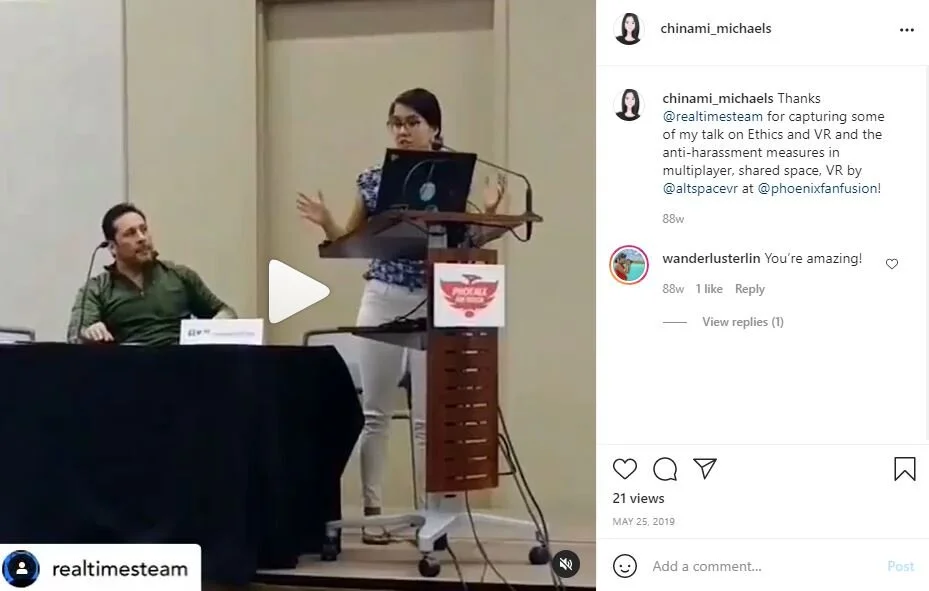2021 MARCH 4TH COMMUNICATING SCIENCE VISUALLY
I’ve been invited to give a talk to scientists and doctors explaining how to best communicate science visually.
Here’s the info: The COVID-19 pandemic made it explicit that the latest biomedical information must be quickly taught to everyone to protect their lives. Comprehensive illustrations and videos are the most helpful ways for the public to understand difficult biomedical concepts and findings. This workshop features an outstanding medical scientist and a biomedical illustrator. From their lectures, you can learn the current advancements of genetic testing for detecting and predicting diseases and the present and future techniques of biomedical illustrations and multimedia presentations.
2020 AMI SALON Blood-Brain Barrier Structure with Drugs and Fluorescent Markers
I submitted this year to the 2020 Association of Medical Illustrator’s Salon.
https://www.frontiersin.org/articles/10.3389/fonc.2020.00739/full
Description
Fluorescent visualization of brain tumors is a recent advancement in safe glioma resection, but a lack of vascular permeability can prevent fluorescent markers from fully staining tumor tissue. Understanding the blood-brain barrier’s (BBB) structure is key to designing fluorescent labels and therapeutic drugs that can pass from the vasculature into brain tumor tissue. This scale illustration depicts the BBB environment, fluorescent markers, therapeutic methods, and drugs. The BBB environment with glycocalyx, basement membrane, pericytes, and astrocyte end-foot processes are in microns while the molecules in the right inset are in nanometers. The left inset is not to scale to enable comparison between the competent and disrupted tight-junction. By placing the drugs and fluorescent markers from the paper within the BBB structure, the illustration aims to help neurosurgical oncologists make decisions in designing more effective novel drugs and fluorescent visualization techniques.
2019 : Disease Models: The Science of Medical Art, VR Ethics - Fan Fusion Phoenix
UPCOMING TALK: SEP 22, 2018 PHOENIX, AZ MEDICAL ILLUSTRATION AND BEYOND
The Present and Future of Digital Design Techniques for Illustration Technology with Reference to Medical Illustration: 2D to VR
Published in the Journal of the American Dental Association on Ethical SEO
My understanding of SEO just happened to a be a perfect complement to Professor Swirksy's ethics background and a need for Dentists to better understand and navigate the complexities of representing themselves online. Quite an interesting topic and relevant to any medical business in my opinion, but I am biased as co-author!
2017 IBM VISUALIZING BIOLOGICAL INSIGHTS IN HEALTHCARE
The same week I presented at SciViz in New York City, I presented at IBM what I knew about visualizing biology in healthcare. I also got to try the Hololens for the first time.
Was a very exciting week as I also go to visit the studio of one of my heroes Bryan Christie.
https://www.bryanchristie.com/
ASSESSING BIOMEDICAL ANIMATIONS THROUGH EYE-TRACKING: HIV EDUCATION FOR THE DEAF AND THE INFLUENCE OF EXPERTISE ON PERCEPTION
Presenting eye-tracking and biomedical animations
How can we assess and improve science communication for researcher audiences?
I will present my research with my colleague Drew Fast on using eye-tracking to assess how researchers perceive and understand biomedical animations on the Lung Endothelial Surface Layer at the science communication conference SciVizNYC 2017 in NYC on December 1st.
8th International Lux Pacifica Lighting Conference in Japan - Logo is Live in March!
Happy to see the Lighting Conference ,that I designed a logo for, Lux Pacifica, which is hosted in Tokyo Japan, will be happening in March 2018.










